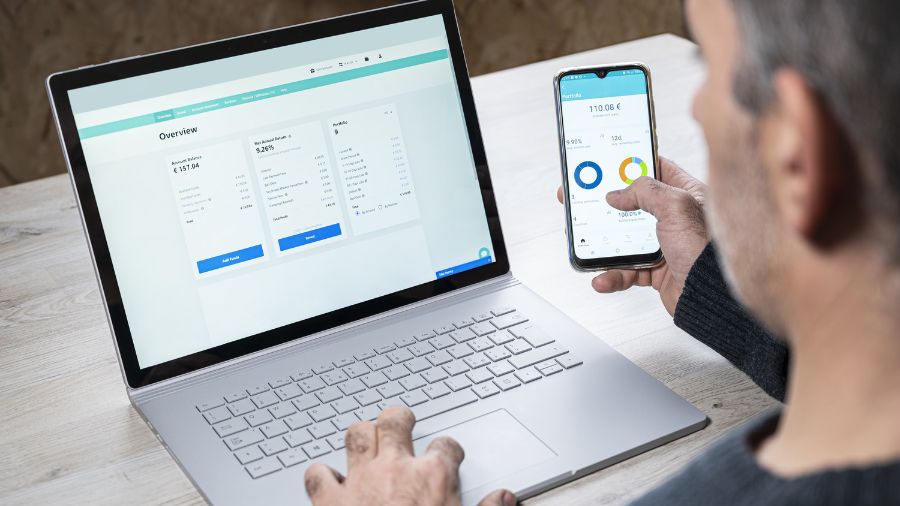Physical Inventory Count
Businesses typically conduct an inventory count at the end of an accounting period, such as a month or year.
Timing of the count
A year-end inventory count, however, confirms that the accounting records match the physical inventory items on hand at the end of the year, when you generate the annual financial statements.
If a CPA firm is conducting an audit of the December 31st financial statements, the accountants will count the physical inventory on the last day of the calendar year. If the auditor cannot access inventory on 12/31, the firm will count inventory as close to the end of the year as possible.
The purpose of the physical count is to agree the detailed inventory listing from the accounting system to the physical inventory units on hand.
Performing the count
Sunshine follows these procedures to ensure that the December 31st inventory count is accurate:
- Accounting listing: Julie’s accountant prints a detailed listing of the firm’s inventory on December 31st, and distributes the listing to each person who is counting inventory.
- Inventory access: Company management notifies the warehouse staff that no inventory should be received after 5 p.m. on December 30th. Access to the warehouse is restricted on the 31st, so that no inventory is moved in or out of the facility on the day of the count.
- Numbered tags: Each inventory item is tagged, and the tag lists the cost, description and number of inventory items (if applicable). The tags are numbered and listed on a separate report that is also provided to each person who is counting inventory. Larger items are given a single tag, while smaller items (a box of greeting cards) have a tag attached to the box of items.
- Matching: Julie and her staff match each item on the detailed inventory listing to a tagged item. Each counter writes the tag number next to the item on the inventory listing. If the information from the tag differs from the inventory listing (cost, number of items in a box), that information is also noted on the listing.
- Exceptions: Julie and her staff investigate any differences, so that the inventory record can be corrected. If, for example, the physical count reveals a box of 50 greeting cards rather than 100 cards, the inventory records are adjusted. The sum of all the adjustments will ensure that the inventory listing matches the physical inventory on hand.
After the count is completed and the accounting records are adjusted, Julie’s inventory balance will be correctly stated in the balance sheet.
Accounting for inventory impacts your cash balance, the amount of profit you generate, and the business tax return. It’s time-consuming, but business owners will see a benefit from managing inventory more accurately.
Julie’s changes have fixed the inventory problems, but what can she do to keep things on track next year?



